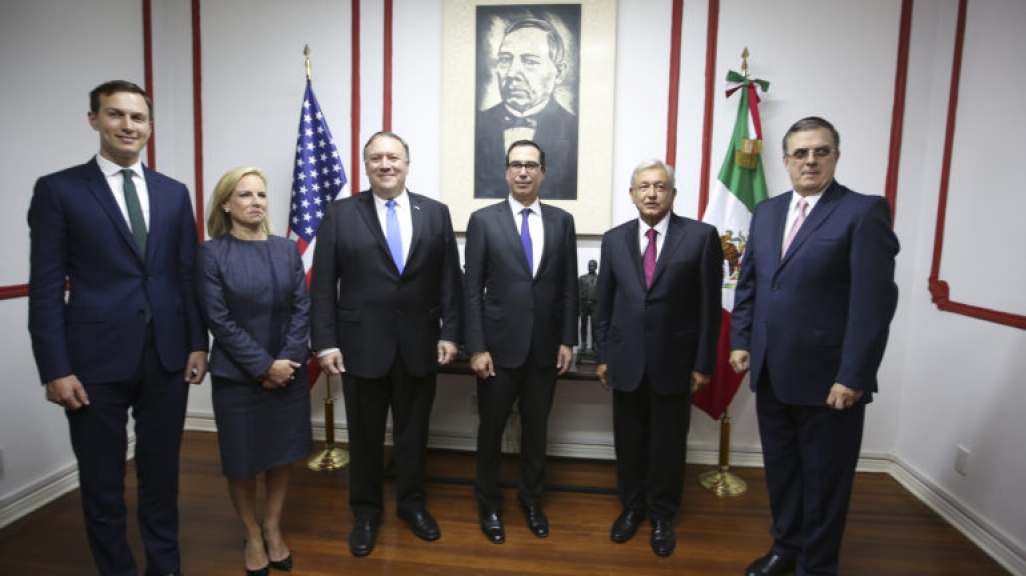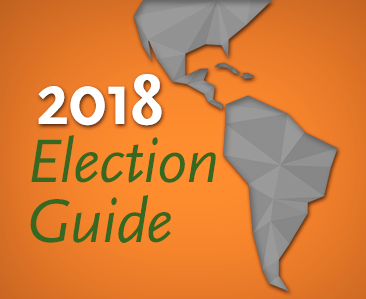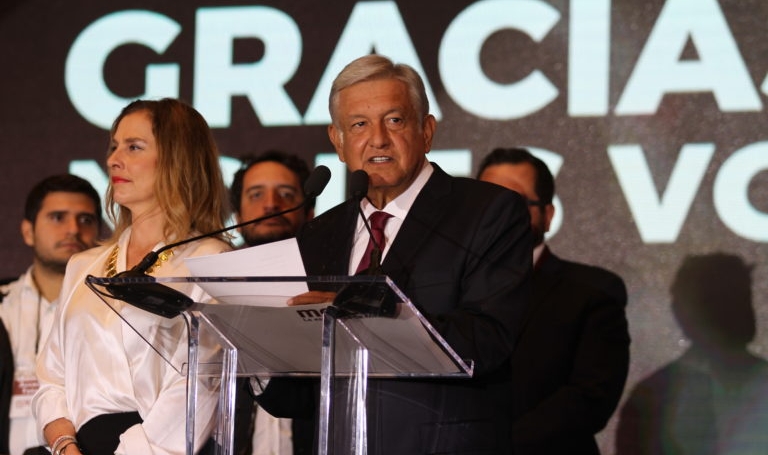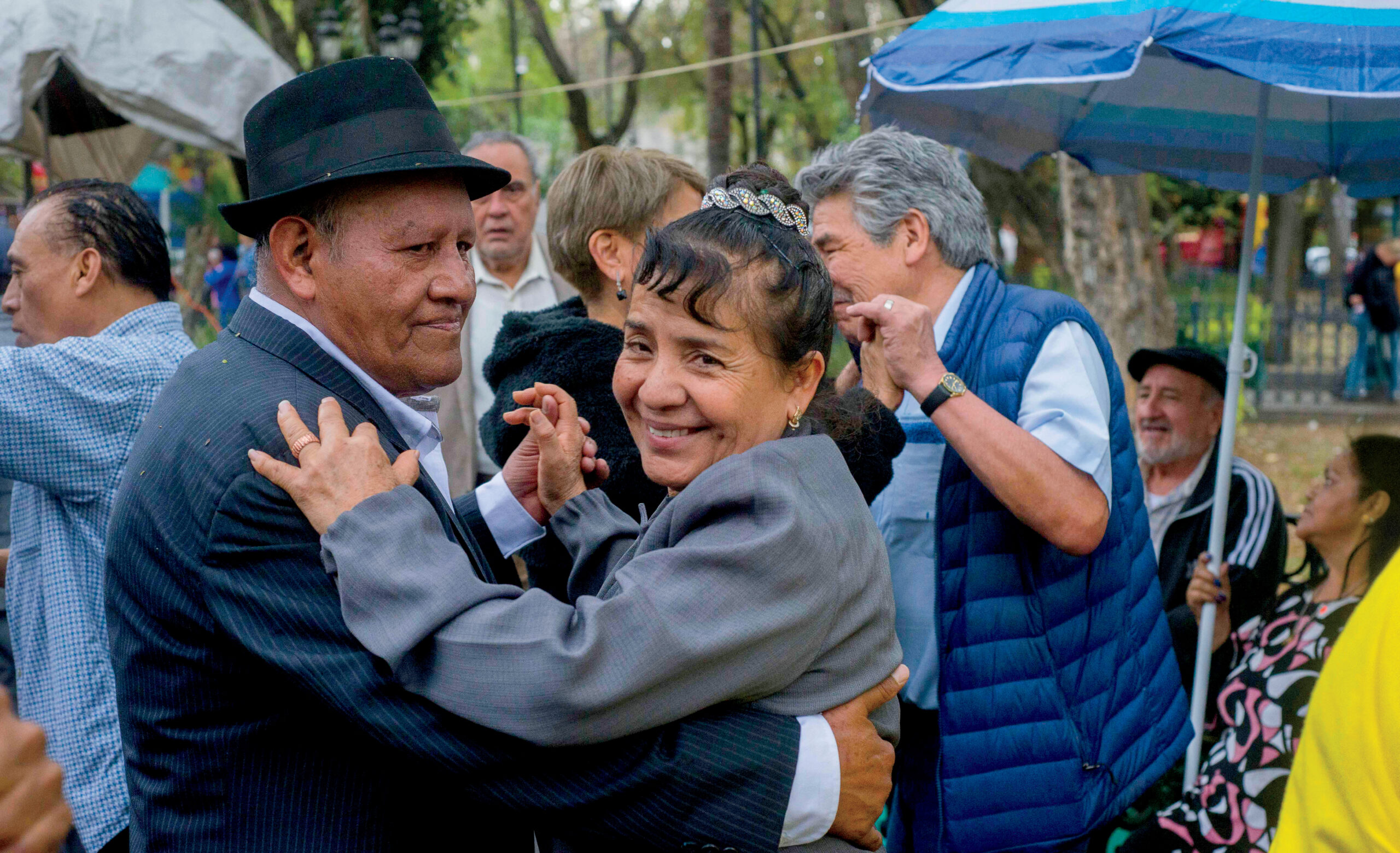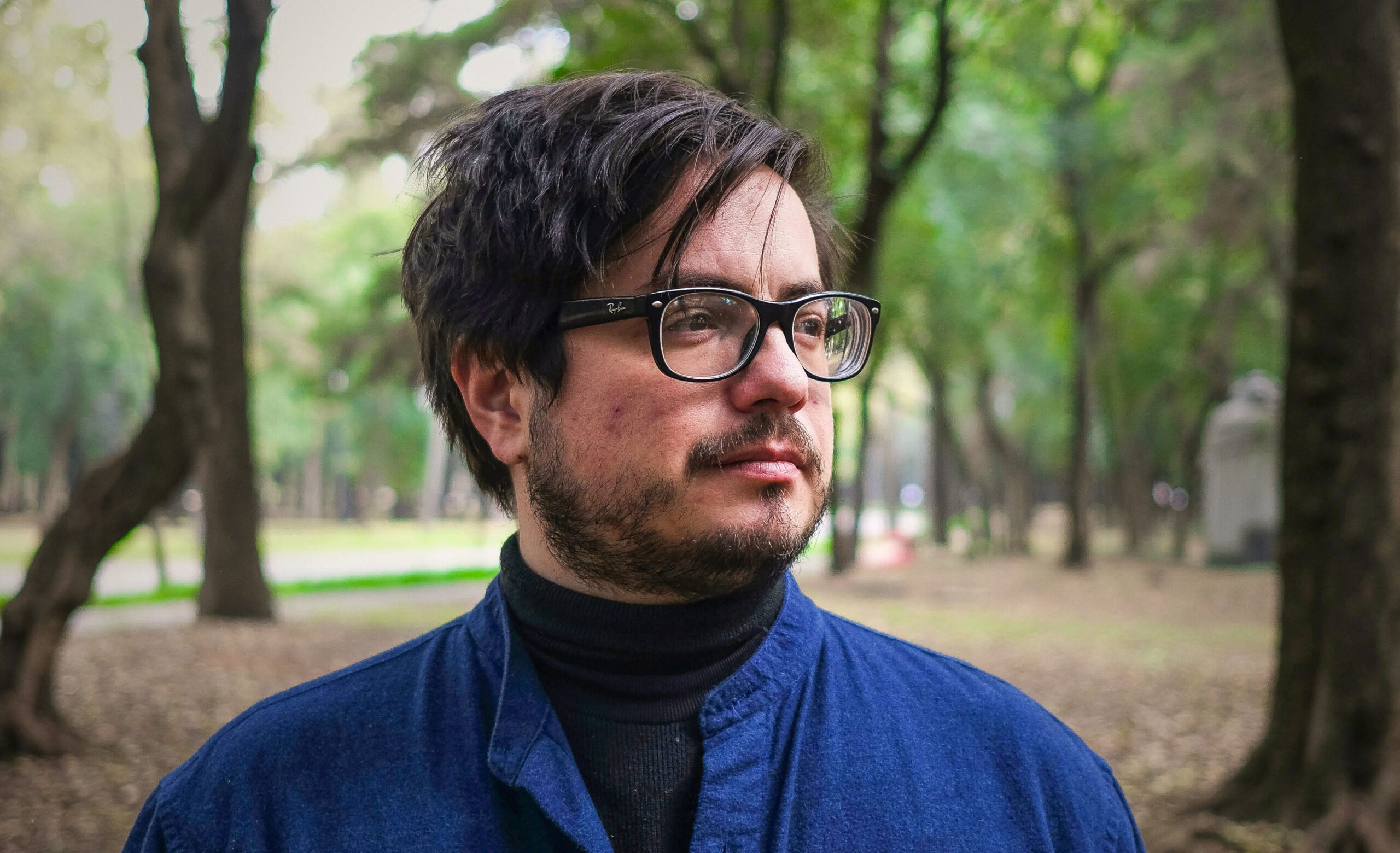Signals of AMLO's Future Foreign Policy for Mexico
Signals of AMLO's Future Foreign Policy for Mexico
So far, Mexico’s next president, Andrés Manuel López Obrador, is looking north more than south, writes AS/COA's Carin Zissis.
Andrés Manuel López Obrador, or AMLO, may have won Mexico’s election by a landslide, but he’s technically not president-elect yet. The electoral tribunal has a deadline of September 6 to validate the outcome of the July 1 vote and make that happen. Even if the process is keeping him from attending certain international summits, AMLO has been signaling foreign policy priorities, including in a friendly missive to Donald Trump. The U.S. president responded in kind, though his own letter came with a warning.
Nearly a month after López Obrador’s win, here are indications of what’s coming in terms of international affairs.
Trump and AMLO: Pen pals
Within two weeks of his electoral victory, AMLO and his team played host to top White House officials in a meeting that produced photos of U.S. Secretary of State Mike Pompeo posing with López Obrador. The photo op took place in front of a portrait of nineteenth-century President Benito Juárez, known for leading Mexico through its ousting of French power and realizing the country’s separation of church and state.
At the time, López Obrador passed along a letter for Pompeo to deliver to Trump, then released its contents on July 22. The seven-page document covers a range of proposals, from restarting trilateral talks on the North American Free-Trade Agreement (NAFTA) to collaborating on a development plan with the goal of stemming migration to a massive tree-planting project in Mexico’s southeast. But language in the last paragraph drew particular attention: “We managed to put our voters and citizens at the center and displace the political establishment,” writes AMLO, who signed off by sending Trump “a warm hug.”
At a press conference a day after the public release of the letter, Trump forecasted “working out” something on NAFTA and described AMLO as a “terrific person” before adding: “We’re talking to [Mexico] about doing something very dramatic, very positive for both countries.”
So far, they have not publicly sparred over whether Mexico will pay for Trump’s border wall—a matter that troubled ties with the current government of President Enrique Peña Nieto, and an issue absent from the AMLO-Trump letter exchange.
A warning on NAFTA 2.0
Pleasantries aside, there was a hint of a growl in Trump’s response to AMLO’s letter. Two days after releasing his missive to Trump, López Obrador revealed a reply in which the U.S. leader largely agreed with AMLO, though he urged a quick resolution to NAFTA talks and cautioned that “otherwise I must go a much different route.” That could mean the White House will keep pushing certain demands previously resisted by Canada and Mexico, such as changing auto-sector rules and tariffs or adding a “sunset clause” that would require reexamining the accord every five years.
In his own letter, AMLO cautioned against “prolonging the uncertainty” around NAFTA. But he and his transition team back Mexico’s current negotiation strategy, which aims to keep the pact trilateral over Washington’s push for bilateral deals with each NAFTA partner. On July 18, current Mexican Economy Secretary Ildefonso Guajardo said talks could conclude by as early as the end of August, though getting to that point would require flexibility by all parties.
Guajardo heads to Washington July 26 to meet with U.S. Trade Representative Robert Lighthizer. Jesús Seade, AMLO’s pick for NAFTA negotiator and a former deputy director at the World Trade Organization, goes with him. Meanwhile, López Obrador hosted Canadian Foreign Minister Chrystia Freeland at his transition headquarters July 25. Freeland also met with Peña Nieto’s team on Wednesday, presenting a united front for talks.
Looking north more than south
Despite hosting foreign leaders, AMLO announced July 20 that he would not attend this week’s Pacific Alliance summit in Puerto Vallarta. He said he could not participate in an official forum as long as the electoral tribunal delayed naming him president-elect, though he accepted Peña Nieto’s invitation to the summit just after his win while knowing the tribunal has until September to complete that process. López Obrador also criticized the national election agency’s decision to fine MORENA, his political party, roughly $10 million for allegedly financing campaigns using funds from a trust set up for earthquake victims.
But even though AMLO didn’t head to the summit for the Pacific Alliance—whose members include Chile, Colombia, and Peru, in addition to Mexico—he sent members of his transition team, including Seade and his pick for foreign secretary, Marcelo Ebrard.
Ebrard, who is a former Mexico City mayor like López Obrador, has also suggested the AMLO government would pursue non-interventionist orthodoxy in terms of foreign affairs. The policy stretches back decades and reflects the idea that intervening in another country’s politics weakens Mexico’s ability to protest other countries—most notably the United States—meddling in its own. While the policy remains enshrined in the Constitution, Mexico’s government did take positions on certain issues in recent years, including Venezuela’s political crisis. The Peña Nieto government opted not to recognize the results of that country’s May elections, which were widely considered a sham, and played an active role in pushing for a restoration of Venezuelan democracy via the Organization of American States.
In the days following Mexico’s own elections, Ebrard emphasized a non-interventionist policy when it comes not only to Venezuela, but also in the case of Nicaragua, a country in the middle of its own crisis and where protesters have faced violence since April.
But, with four months to go until Mexico’s inauguration day, what this truly means remains unclear. Ebrard also stated: “That does not mean that we’re not concerned about the situation in one country or another, in this case Venezuela. We’re going to look into it and see how we can design, or help contribute, in the best way.”






